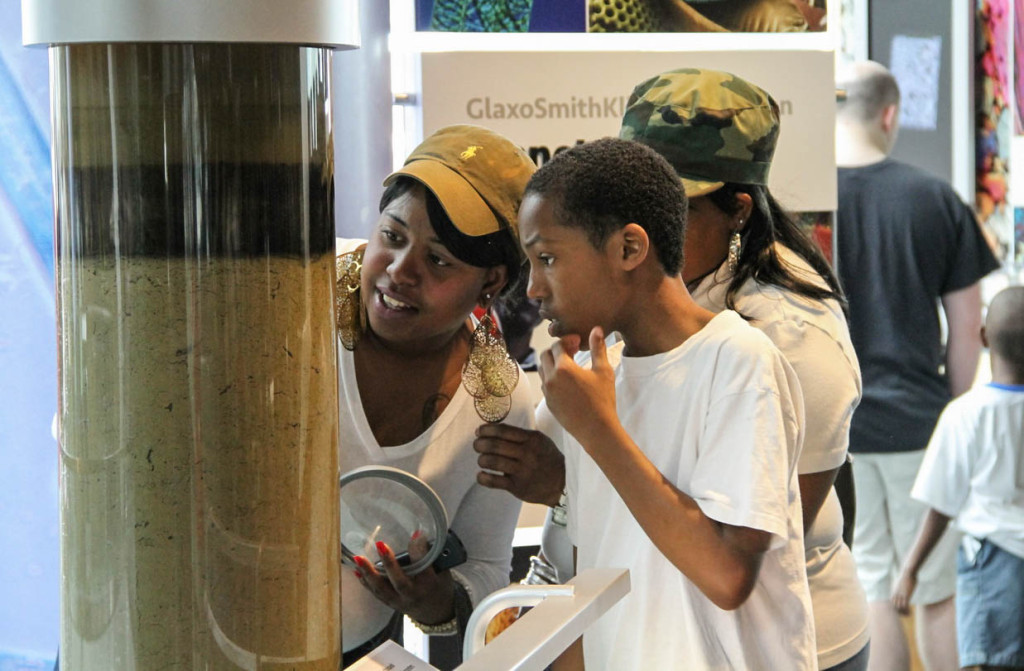Following Up on Ferguson
On August 9, 2014, Michael Brown, an 18-year-old black youth, was shot by a white policeman. The officer Darren Wilson said he shot in self-defense. The circumstances around the shooting remain in dispute. A Missouri Grand Jury did not indict Officer Wilson and as of this writing, it appears that a Federal investigation will not result in charges. No matter the circumstances, the death of an 18-year-old is tragic. I know the law says that an 18-year-old is an adult, but to me, a mother of a son of similar age, an 18-year-old is a gangly, sweet, irritating bundle of promise. We are all poorer when this promise is lost.
This summer we watched as the shooting in Ferguson opened wounds and laid raw resentments, anger, feeling of impotence and disrespect that erupted in violence. We watched as a community came apart before our eyes. And it didn’t end there. Violence rumbled across the country. More black youths were shot by police officers and two police officers were killed by a black man. We were undone.
What is the role of museums when our communities come apart? Do we remain observers and collectors of the historical moment? Do we step in to create safe places for discourse and healing? Do we take a stand and say no more?
Months later, our museum community continues to discuss and debate this question. Immediately after Ferguson several museums, most notably the Missouri History Museum, responded in courageous ways. Some museum organizations made formal statements. Bloggers in the museum community issued statements entreating museums to reflect on their role. There were Twitter conversations. See Adrianne Russell’s blog for a good timeline. Yet many organizations, including the American Alliance of Museums, remained silent. Some museum professionals questioned why our community was discussing this topic at all.
On January 23, 2015, I interviewed Melanie Adams, Samuel Black, Gretchen Jennings and Adrianne Russell on Museum Life to discuss what we had learned about our beloved museum community in the past six months. It was a great conversation, yet by the end I felt pretty pessimistic about our field’s ability to empathize with each other and our communities.
By comparison, I was struck by the swiftness with which the International Council of Museums (ICOM) issued a statement after the terrorist attacks in Paris and nary a peep from anyone questioning the appropriateness of that move. The difference, I’ve come to believe, is that there was a clear distinction between victims and villains in the Paris attacks. This distinction was not so clear to us in Ferguson: a young man was killed, a man’s career ended, public trust was broken, people rioted, and police tried to maintain order. Perhaps our inability to take action is not due to lack of empathy, but having too much. We hurt for everyone.
And yes, it is easier to discuss terrorism than race. Race is tricky. We don’t have the vocabulary. Many of us want to think that racial tensions have relaxed, but as Portia Moore reminded me on today’s show, Pursuing Inclusion, cultural memory runs deep. Two generations away from Jim Crow are not enough to banish the sense of exclusion.
But after talking with Portia, I have regained my optimism that our continued conversations about the role of museums in civil engagement can lead us to better understanding. When we know better, we do better. By questioning the language we use, Portia is helping us build a better vocabulary, a vocabulary that we can all use to continue discussing Ferguson, race, and the role of museums.

